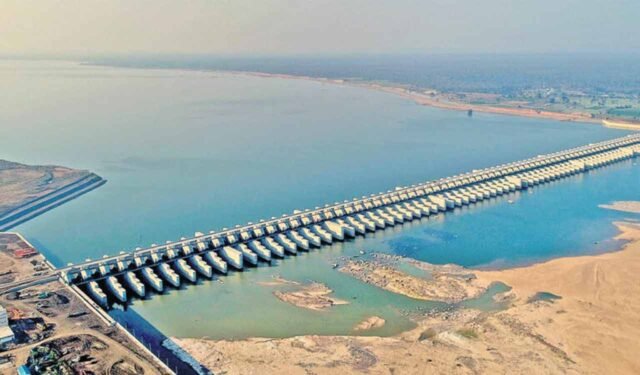In any other State or country, KLIP would be a celebrated case study. As it nears its sixth anniversary, we revisit how it transformed Telangana’s agriculture before political neglect halted its momentum.
Published Date – 17 June 2025, 08:30 PM
Hyderabad: In the heart of Telangana, where the River Godavari carves its path, a quiet revolution unfolded over the past five years, transforming the State into India’s agricultural powerhouse. Once a region grappling with drought and barren fields, Telangana surpassed traditional giants like Punjab, Haryana, and Uttar Pradesh in food grain production growth, rewriting the narrative of Indian agriculture.
At the centre of this transformation stands the Kaleshwaram Lift Irrigation Project (KLIP), a marvel of engineering and ambition that breathed life into lakhs of acres, turning dreams of abundance into reality. However, now in a state of neglect, KLIP is awaiting revival to refuel Telangana’s growth story.
Rise of Telangana’s Green Revolution
In 2018–19, Telangana’s agricultural landscape was modest, producing around 90.27 lakh metric tonnes of food grains on 1.35 crore acres of cultivated land. The State, born in 2014, faced challenges like erratic monsoons, depleted groundwater, and a reliance on rain-fed farming at a time when Punjab, Haryana, and Uttar Pradesh—the pillars of India’s Green Revolution—dominated food grain production, contributing 39 per cent of the nation’s total output.
By 2023–24, Telangana’s trajectory had shifted dramatically. The State achieved a staggering 16.42% annual growth rate in food grain production, the highest among India’s top 10 States, outpacing Maharashtra (7.11%), Uttar Pradesh (1.65%), Punjab (0.66%), and Haryana (0.34%). Telangana’s crop production soared to 202.76 lakh metric tonnes. The gross cropped area expanded to 2.32 crore acres, a 77.1% increase compared to 2014–15.
Paddy production alone reached 168 lakh metric tonnes, surpassing Punjab’s 137 LMT, with Telangana emerging as the new rice bowl of India. This leap marked Telangana’s emergence as a leader, driven by resolve. The KLIP, launched on June 21, 2019, was instrumental in this transformation. Conceived by former Chief Minister K Chandrashekhar Rao, KLIP remains the world’s largest multi-stage lift irrigation project.
Harnessing 240 TMCft of Godavari water to irrigate Telangana’s parched lands, KLIP—with its three barrages, 15 reservoirs, 21 pump houses, and 203 km of tunnels—propelled the transformation, lifting two TMCft of water from Medigadda to higher altitudes, defying the State’s rugged terrain. By 2023–24, KLIP had doubled Telangana’s gross irrigated area from 62.49 lakh acres in 2014–15 to 1.60 crore acres, marking a 156% surge.
Contrasting fortunes
While Telangana flourished into green glory in record time, Punjab, Haryana, and Uttar Pradesh faced stagnation. Punjab’s growth rate languished at 0.66%, hampered by over-exploited groundwater (75–90% of units depleted) and soil degradation from decades of intensive farming. Haryana, with a 0.34% growth rate, struggled with similar issues, despite 89.1% irrigation coverage. Uttar Pradesh, though still the largest producer at 57 million tonnes in 2023, grew at just 1.65%.
However, the monumental success that was KLIP now stands as a stark example of political neglect and alleged vendetta. Its revival holds the key to sustaining Telangana’s agricultural momentum and prosperity.








